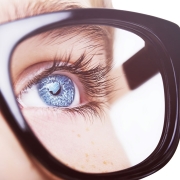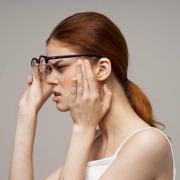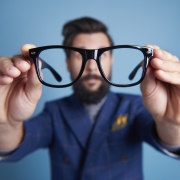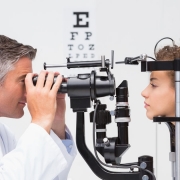Common Eye Conditions: Lazy Eye
Lazy eye, or amblyopia, is a condition usually diagnosed during the early childhood years. It often occurs in children up to the age of seven and is usually recognized by an eye that appears to ‘wander’ around the room, instead of being in sync with the other eye. If you suspect your child may struggle with lazy eye, your eye doctor in Champaign, IL, can help.
What Causes Lazy Eye?
A lazy eye happens when one eye becomes weaker than the other. The retina of that eye, for whatever reason, begins to receive fewer visual signals. Over time, the brain learns to ignore signals from the weaker eye altogether. Different factors may contribute to amblyopia, including:
- Muscle imbalance between the eyes (strabismus)
- Prescription differences between eyes (refractive amblyopia)
- Astigmatism
- Cataracts
These problems may develop as a result of premature birth, developmental disabilities, being underweight at birth, or a family history of lazy eye.
Is Lazy Eye Treatable?
Amblyopia is a fairly common condition that’s usually easy to treat when caught early. To encourage the weaker eye to focus, your child’s eye doctor may recommend wearing a patch over the stronger eye. Special eyeglasses may help, as well — ones that feature a blurred lens over the stronger eye and a clear lens over the weaker eye. These solutions force the affected eye to work harder, strengthening muscles and improving eye health. Regular prescription eyeglasses that correct farsightedness, nearsightedness, or astigmatism may also be the answer. Sometimes, medicated eyedrops that blur vision in the good eye may be prescribed, as well. In some instances, eye surgery may be required to correct amblyopia.
If you’ve noticed your child exhibiting symptoms such as a wandering eye, frequent head tilting, or squinting, contact Champaign Eye Professionals to learn more about eyeglasses, contact lenses, and other treatment options to help correct lazy eye.











